Criteria of A-class stars
The concept of "A-list star" appeared in the American film industry around the beginning of the 20th century, specifically during the time when Hollywood was dominated by the "studio system" - a film production model in which major film studios controlled the entire filmmaking process: from production, distribution to screening.
At that time, the film studios secretly divided stars into A, B, C… to decide on salary, roles and promotional campaigns. This division was mainly based on the experience and intuition of each boss.
In 1997, journalist and film critic James Ulmer systematized and quantified this concept into a clear system of criteria, called The Ulmer Scale.
Accordingly, quantifying an actor's commercial power is based on four main factors: Bankability - the ability to "guarantee" revenue and attract investment; Career management - role selection strategy, career orientation; Professionalism - professionalism at work and Risk factor - risk factor.

Not only in cinema, the concept of A, B, C-list stars is also widely used in fields such as music, fashion , sports...
Nowadays, due to the impact of the times, the global entertainment industry is shifting towards many different trends. The Ulmer Scale's A-list star rating standard is no longer accurate, especially in the context of the entertainment industry being strongly influenced by social media and idol culture. For example, in some cases, factors such as YouTube views, interactions on X or social media reach are more important than sales.
In the general public's view, an artist considered A-list in the current entertainment industry may have to meet criteria such as:
- High commercial value (shown through product revenue, high salaries, advertising contracts...);
- Great level of popularity and influence (demonstrated through the ability to attract the public, media and social network coverage, the ability to shape trends, the ability to become a pop culture icon...);
- Recognized for achievements by the public and/or professionals (demonstrated through owning outstanding works/products, prestigious awards...);
- Possess a strong, professional and long-lasting personal brand (including all factors such as: team, development strategy, no fatal scandals, ability to inspire...);

How many A-list stars are there in Vietnamese showbiz?
In the music field, VietNamNet reporters surveyed a number of individuals and organizations that are said to have the highest demand for singer classification, such as: show producers, event organizers, brands, agencies... and learned that Vietnamese showbiz currently has no common standards or system to evaluate and classify singers accurately and consistently.
In other words, in 2025, the classification and ranking of singers in Vietnamese showbiz will still mainly depend on the experience and feelings of each individual, depending on their position, job and company.
Accordingly, A-list stars in Vietnam are divided into 3 main groups:
- Rising young stars: HIEUTHUHAI, MONO, Phuong My Chi, Duong Domic...
- Artists who have built strong and contemporary personal brands: Ho Ngoc Ha, SOOBIN, Hoang Thuy Linh, Hoa Minzy, Noo Phuoc Thinh...
- Artists with strong personal brands in the post-peak period: Dam Vinh Hung, Lam Truong, Ho Quynh Huong, Le Quyen...
Standing above the A-list are 4 S-list stars including: My Tam, Ha Anh Tuan, Son Tung M-TP and Den Vau - introduced by VietNamNet in the article Vietnamese stars' salaries up to 2 billion VND/show .
 |  |
Looking at the 3 groups of A-list stars, there are 2 points to note. Firstly, it is necessary to distinguish between the salary level and the ranking based on the artist’s personal brand positioning in the market. These two ranking systems are closely related but not always identical.
"The amount of money to pay to invite Mr. Dam Vinh Hung to sing is not much, only equivalent to B- class, but his brand positioning is definitely A- class. Similar to the case of singer Van Mai Huong, the general audience may not think that she is positioned as A- class by most parties. Huong's price is also quite 'soft', around B+ class so that both parties are happy and can work long-term," the source said.
This person also emphasized that many singers intentionally quote high prices to improve their brand reputation, but as a result, they "stay at home all year because no one invites them to shows."
Second, the ranking of artists in showbiz has never been fixed, regardless of young rising stars or artists who have built a solid personal brand.
Young singers "became stars overnight" thanks to reality TV shows, acting like A-list stars, but after a few months, their influence is gone and they are demoted to B-list, which is "commonplace".
Equally common are cases where artists get caught up in serious scandals, lose the "favor" of the public and brands, and can fall straight from S, A to B, C.

The more the market develops, the greater the competition and pressure to eliminate, causing the artist's ranking fluctuation cycle to become shorter and shorter.
In general, the ranking of stars is always of public interest, and has even caused controversy among fan communities. Because no one wants their idol to be inferior to anyone else.
However, in a market that is not yet truly operating professionally like Vietnam, the concept of A-list stars is still vague, without common criteria, and is mostly classified based on emotions, even short-term tastes - contrary to the international market.
But looking at most of today's A-list stars, we can see that what they have in common is a tireless musical journey, accumulating small successes to become big ones, and from there rising in rank over time.
The core of art is always the work, the artist who persistently dedicates himself to the profession, serves the audience and maintains ethics will have a worthy position.
Excerpt from MV "Khong can say" - HIEUTHUHAI
Bich Hop
Source: https://vietnamnet.vn/showbiz-viet-co-bao-nhieu-sao-hang-a-2421467.html






![[Photo] Prime Minister Pham Minh Chinh chairs the second meeting of the Steering Committee on private economic development.](https://vphoto.vietnam.vn/thumb/1200x675/vietnam/resource/IMAGE/2025/11/01/1762006716873_dsc-9145-jpg.webp)


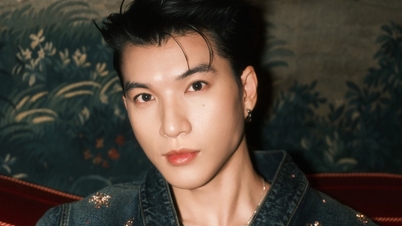





















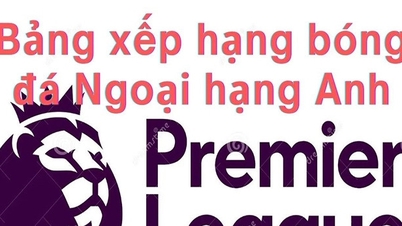

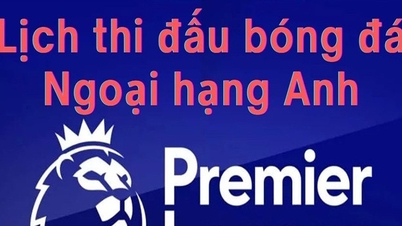
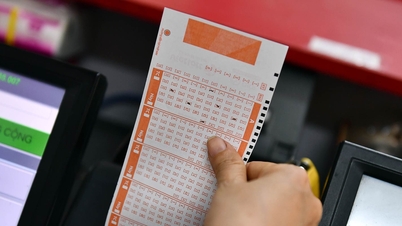

























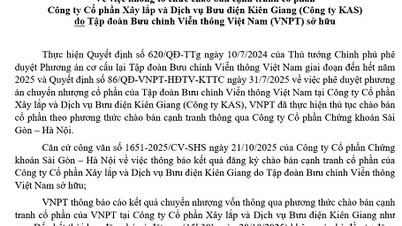



















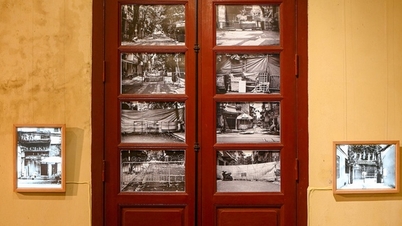




























Comment (0)